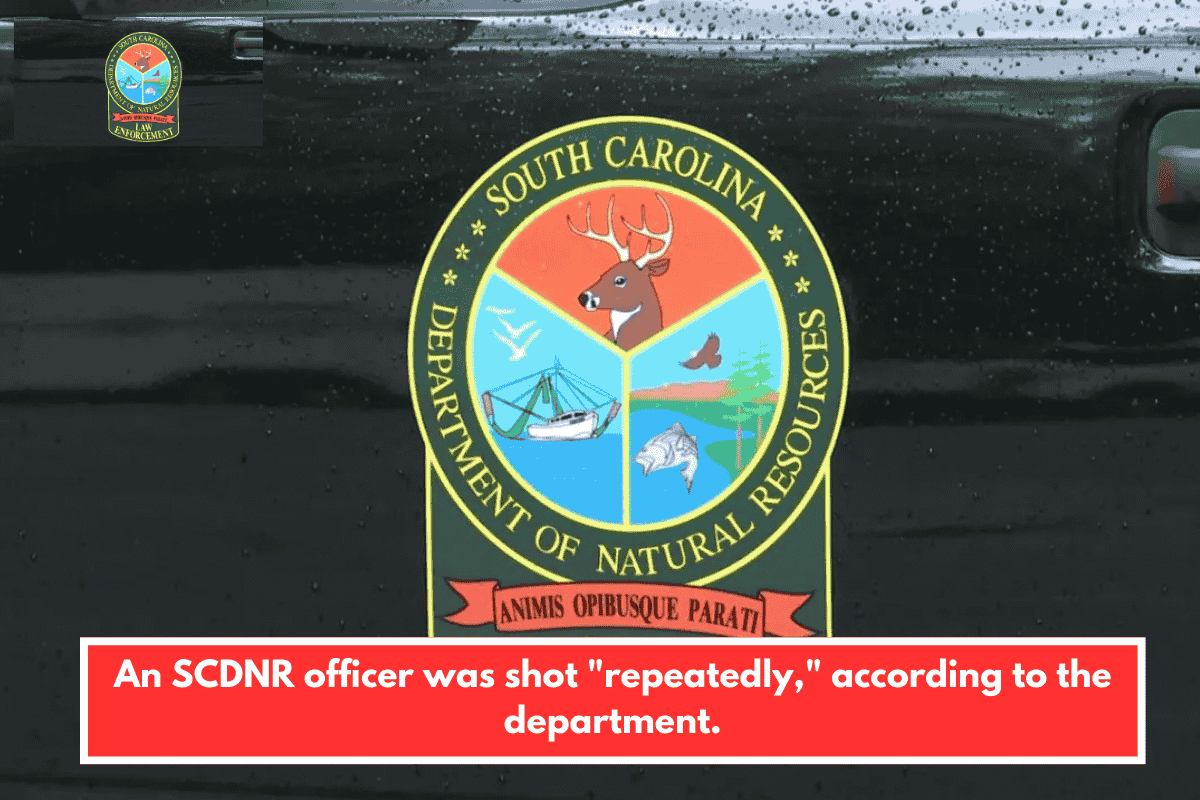Are you unsure whether you qualify for SSI (Supplemental Security Income) or SSDI (Social Security Disability Insurance)? You’re not alone. These two programs offer financial help to people who are disabled, have low income, or can no longer work—but many find the rules confusing. This guide explains the difference between SSI and SSDI, who can apply, the eligibility rules, and how to start the application process. If you or someone you care for is facing health or financial hardship, knowing your options can make a big difference.
Understanding SSI and SSDI Payments
Here’s a simple breakdown of the two programs:
SSI is for people with very little income or assets. It’s based on financial need, not your work history.
SSDI is for people who can’t work due to a disability but have worked and paid Social Security taxes in the past.
| Topic | Details |
|---|---|
| Programs | SSI (need-based), SSDI (work history-based) |
| Who Qualifies | Disabled people, low-income seniors, blind persons |
| SSI Asset Limits | $2,000 (individual), $3,000 (couple) |
| SSDI Work Credits Needed | Usually 40 credits (about 10 years of work) |
| Monthly Benefit (2024) | SSI: $943, SSDI: $1,537 (average) |
| Application | Online, phone, or in-person |
| Official Website | ssa.gov |
What Is SSI and Who Can Get It?
What is SSI?
Supplemental Security Income (SSI) is a federal program for people with limited income and resources. You don’t need a work history to qualify. It helps the elderly, blind, and disabled who can’t meet basic living costs.
SSI Eligibility Rules (2024):
Be 65 or older, blind, or disabled
Have limited income (like wages, pensions, or Social Security)
Have few resources:
Under $2,000 in assets for individuals
Under $3,000 for couples
Be a U.S. citizen or meet specific immigration rules
Income Limits:
The maximum SSI benefit in 2024 is:
$943/month for an individual
$1,415/month for couples
Some states offer extra state payments on top of this amount.
Common Myths About SSI:
You don’t need to be over 65 to qualify—disabled children and adults can also get SSI.
Having some income doesn’t mean you’re disqualified. The SSA excludes some types of income, like food aid or small gifts.
What Is SSDI and Who Can Get It?
What is SSDI?
Social Security Disability Insurance (SSDI) helps people who can’t work due to a serious medical condition. Unlike SSI, SSDI is based on your past work and the Social Security taxes you’ve paid.
SSDI Eligibility Rules:
Have a medical condition that stops you from doing any substantial work
The condition must last at least 12 months or lead to death
You must have earned enough work credits
Work Credits Explained:
You earn 1 credit for every $1,730 of earnings (in 2024), up to 4 credits per year.
In most cases, you need 40 credits, with 20 earned in the last 10 years.
Younger people may qualify with fewer credits.
Examples of Conditions That Qualify:
Nerve disorders (like multiple sclerosis or Parkinson’s)
Heart conditions (like heart failure)
Mental health conditions (like depression or schizophrenia)
Autoimmune diseases, cancer, and many others listed in the SSA’s “Blue Book”
How to Apply for SSI or SSDI
Step-by-Step Application Process:
Step 1 – Gather Your Documents:
Your Social Security number
Birth certificate
Medical records and doctor’s information
Employment history (for SSDI)
Proof of income and assets (for SSI)
Step 2 – Submit Your Application:
Online: Visit ssa.gov and follow the application steps
By Phone: Call 1-800-772-1213 (TTY: 1-800-325-0778)
In Person: Schedule a visit at your nearest Social Security office
Step 3 – Wait for SSA’s Decision:
Processing takes about 3 to 5 months
If approved, your benefits usually start the following month
If denied, you can appeal within 60 days
Tips to Improve Your Application:
Apply as early as possible—delays can slow down your first payment
Make sure your medical records are up to date
Don’t assume you’re not eligible—let SSA decide
If denied, consider hiring a disability lawyer or advocate
Getting financial help through SSI or SSDI can provide major relief if you’re dealing with a disability or struggling with income. While the application process can seem long or confusing, knowing the rules and preparing the right documents can make everything smoother. Whether you’re 65+, disabled, blind, or helping a loved one apply, check your eligibility and start the process today. These programs are here to support people who need it the most.














